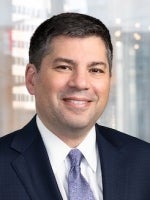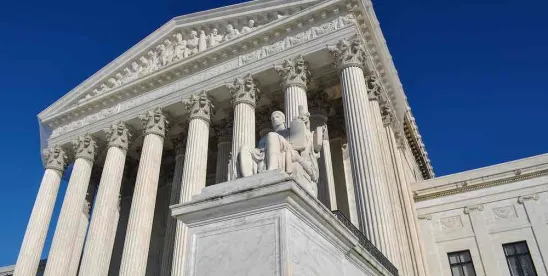In Macquarie Infrastructure Corp. v. Moab Partners, L.P., No. 22-1165, 601 U.S. ___ (April 12, 2024), the United States Supreme Court held that “pure omissions are not actionable” for securities fraud asserted specifically under Section 10(b) of the Securities and Exchange Act of 1934 (the “Exchange Act”) and Rule 10b-5(b) promulgated thereunder even in circumstances where regulations require disclosure of related information.
The case concerned a business that stores liquid commodities including oil products. In 2016, the United Nations adopted a regulation that would cap the sulfur content of fuel oil used in shipping as of the beginning of 2020. The company did not discuss the United Nations regulation in its public offering documents. In February 2018, however, it announced that its customers had reduced storage needs because of a decline in the relevant fuel market. Thereafter, the company stock dropped by over 40% and plaintiffs sued. They claimed the company had concealed from investors that the relevant fuel oil was its largest product and that the product was faced with a “near-cataclysmic ban.” In other words, Plaintiffs alleged securities fraud was based specifically on an alleged material omission rather than an affirmative misstatement.
Plaintiffs claimed that the company was required by the Exchange Act and related regulations to disclose storage capacity information about the relevant fuel product. Specifically, they pointed to a regulation requiring issuers to furnish information in their public filings about trends and uncertainties that could impact operational sales, revenues or income. There was a circuit split among the federal Courts of Appeals as to whether this regulatory disclosure requirement could support a private Rule 10b-5(b) claim in the absence of an otherwise misleading statement. In Macquarie, the Supreme Court held it could not.
The Court emphasized that the law regarding material omissions under Rule 10b-5(b) distinguishes between pure omissions and half-truths. The Court defined “pure omissions” as “occur[ing] when a speaker says nothing, in circumstances that do not give any particular meaning to that silence.” By contrast, “half-truths,” the Court reiterated are “representations that state the truth only so far as it goes, while omitting critical qualifying information.” Based on a close reading of Rule 10b-5(b), the Court held that the rule “does not proscribe pure omissions because it only prohibits “omitting material facts necessary to make the ‘statements made . . . not misleading.’” As the Court highlighted: “[t]his rule covers half-truths, not pure omissions.”
The Court contrasted Rule 10b-5(b) with a different rule covering material misrepresentations in publicly filed registration statements pursuant to Section 11 of the Securities Act of 1933 (the “Securities Act”). There, the statute expressly prohibits the omission of “a material fact required to be stated therein.” Thus, the Court explained, “[b]y its terms,” Section 11 “in addition to prescribing lies and half truths . . . also created liability for failure to speak on a subject at all” but “[t]here is no similar language in § 10(b) [of the Exchange Act] or Rule 10b-5(b).”
In short, the Supreme Court’s decision in Macquarie underscores that material omissions claims under Rule 10b-5(b) apply only in limited circumstances. As the Court wrote: “‘Silence, absent a duty to disclose, is not misleading under Rule 10b-5.’ Even a duty to disclose, however, does not automatically render silence misleading under Rule 10b-5(b).” By contrast, other provisions of the securities law may by their terms allow for more expansive use of omissions claims.




 />i
/>i

